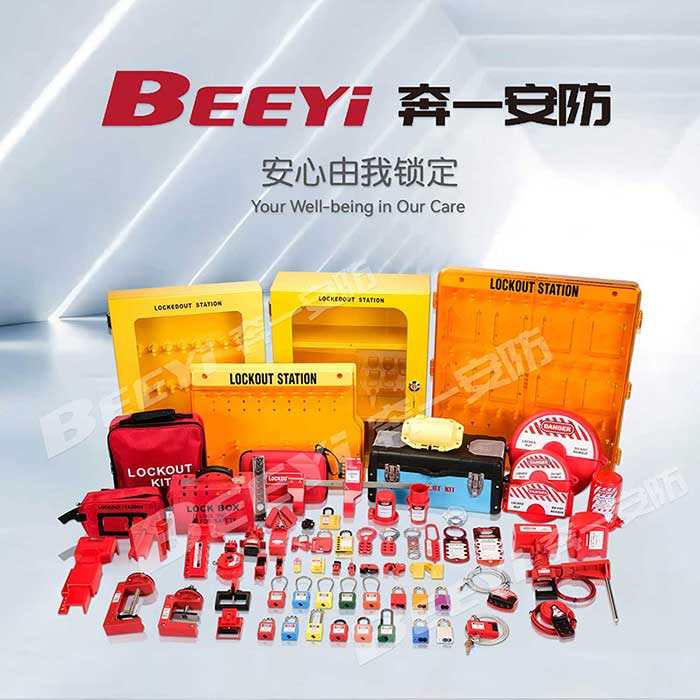Scaffolding is a vital component in the construction industry, providing the necessary support for workers to carry out tasks at elevated heights. However, with the inherent risks associated with working at heights, it is crucial to ensure that scaffolding structures are safe and secure for use. One of the most effective safety measures is the implementation of Scaffolding Lockout Tags. These tags serve as an essential tool to prevent unauthorized access and safeguard workers from potential hazards during maintenance or repairs. This article will explore the significance of Scaffolding Lockout Tags, their functions, and the benefits they offer in promoting safety at construction sites.

Understanding Scaffolding Lockout Tags Scaffolding Lockout Tags are safety devices used to indicate that scaffolding structures are either locked out or are unsafe for use. They are typically attached to scaffolding components, such as frames, ladders, and platforms, to visually communicate that the equipment is inoperative or undergoing maintenance. The tags are often brightly colored (typically red or yellow) and feature clear, concise messages such as “DO NOT ENTER,” “LOCKED OUT,” or “UNDER REPAIR.” These tags play a critical role in controlling access to scaffolding during specific operations, particularly when maintenance, repairs, or inspections are being conducted. The lockout tag system is designed to prevent workers from inadvertently accessing areas that may pose a danger, thereby significantly reducing the risk of accidents.